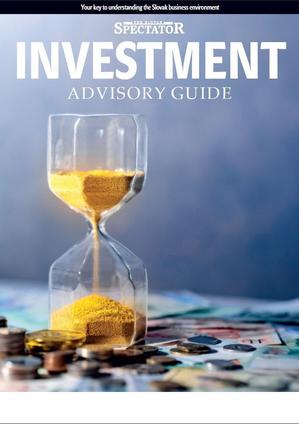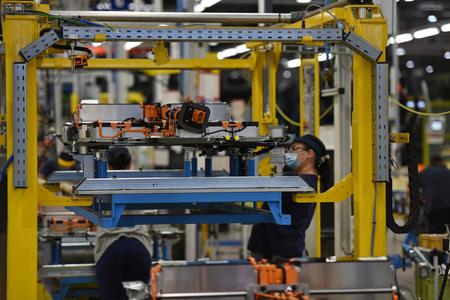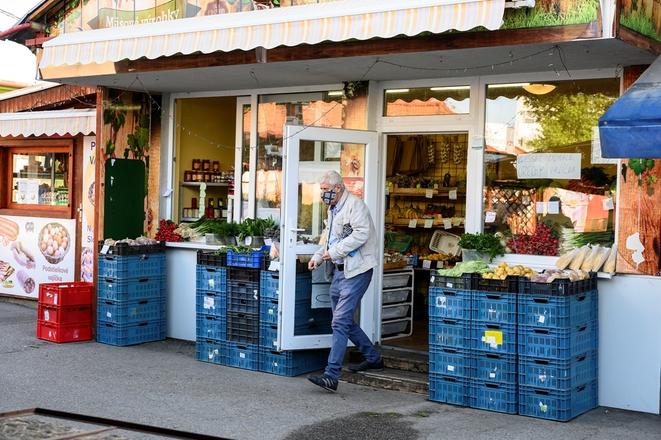Slovakia’s economy should grow by 3.3 percent in 2021.
 Investment Advisory Guide - your key to understanding the Slovak business environment (source: Investment Guide)
Investment Advisory Guide - your key to understanding the Slovak business environment (source: Investment Guide)
“The main reason is the drop in retail revenues at the beginning of the year, which will be reflected in lower household consumption,” said Branislav Žúdel, analyst with the Institute for Financial Policy (IFP), running under the Finance Ministry, as quoted by the TASR newswire.
In its recent macroeconomic prognosis, the IFP predicts that the second pandemic wave will bring lower losses, while the export and labour market will remain stable. New jobs should be created in the second half of the year.
After the pandemic is over, the economy may rise by 6.3 percent in 2022, also thanks to money from the EU recovery fund. A year later, the economy may benefit from EU funds, the IFP forecasts.
Automotive production good, services worse

The milder GDP growth in 2021 is mostly expected due to the fact that the country had managed to catch up with a great portion of the losses generated in the first pandemic wave already last year. Another reason is the second pandemic wave.
“The drop was caused by lower household consumption,” the IFP commented, as quoted by TASR. “The net export will be a driving force. On the contrary, household consumption will be under pressure. A supporting factor for domestic demand is also higher state support.”
Foreign demand remains resistant, with particularly automotive production doing very well. On the other hand, services and construction lag behind due to the pandemic.
The labour market in 2021 will remain stable, and the second pandemic wave will have a lower impact than the first one. The IFP expects that employment will drop slightly at the beginning of the year, particularly in the construction sector and services.
“We predict that the market will be restored in the second half of the year thanks to the better pandemic situation, the gradual lifting of pandemic restrictions and vaccination,” the IFP added, as quoted by TASR.
Risks remain

The economy will receive a stronger stimulus in the form of investments from the EU recovery plan in 2022, which will contribute to the creation of new jobs among other things.
Moreover, the funds may contribute to GDP growth of 6.3 percent in 2022. Consumer trust should be restored after the pandemic ends, resulting in an increase of domestic demand.
“The drop in economic insecurity will increase private investments,” the analysis reads, adding that there will be governmental investments amounting to more than €1 billion.
Moreover, the Slovak economy in 2023 will be supported by EU funds, the IFP predicts.
The positive development is endangered by logistics problems accompanying the vaccination and the arrival of another pandemic wave.
“On the other hand, the positives and benefits can be brought about by stimulating packages from the US and the EU,” Žúdel said, as quoted by TASR.



 Illustrative stock photo (source: TASR)
Illustrative stock photo (source: TASR)